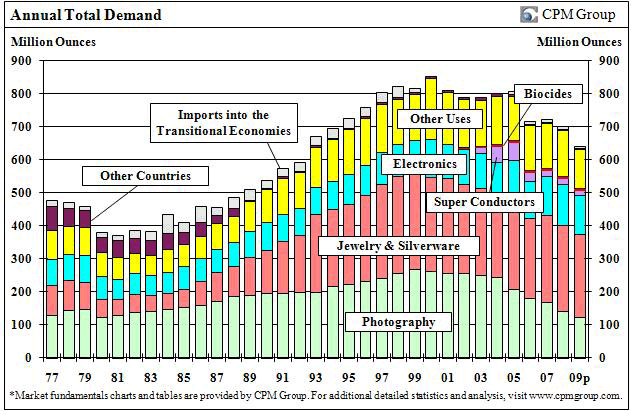It’s a volcano… a tidal wave… an asteroid falling from space…
The electric vehicle revolution is an unstoppable force.
Its eruption in popularity has already created billions of dollars in wealth. And with global market share set to continue skyrocketing, the EV uprising is fixed on creating billions more.
The U.S. Energy Information Administration predicts total worldwide sales of full battery electric, plug-in hybrid electric, and hybrid electric vehicles to grow in market share by 375% between now and 2050.
From there, the EV reformation will completely take over.
None of your great-grandchildren will own a vehicle with a combustion engine. Putting gasoline into a vehicle will be as arcane to them as the crank start is to you. Your great-grandchildren might not even ever smell gasoline in their lives.

Analysts expect the global electric vehicle market to grow at an estimated CAGR ranging from 20% to 40% over the next few years alone. This means continued prosperity for the worldwide EV market and good times for many.
But the shift to electric vehicles isn’t a growth windfall for all.
Gasoline demand, for instance, is expected to take a big hit. The EIA expects motor gasoline and distillate fuel demand to fall by more than 15% by 2050. This drop in demand threatens to cut hundreds of billions of dollars in revenue for oil producing and refining companies.
The oil and gas industry aside, the EV changeover might cut even more deeply into revenues of some miners, in particular miners that produce platinum group metals: platinum, palladium, and rhodium.
And that’s because these metals are mostly used to manufacture automotive catalytic converters.
The purpose of an automotive catalytic converter is to convert toxic gases and pollutants emitted from the combustion of gasoline (such as carbon monoxide) into less harmful substances. And due to increasing fuel emissions standards over the past few decades, catalytic converters have become standard on every vehicle produced.
As a result, platinum group metal miners have enjoyed decades of growing global demand for their metals.
But full battery electric vehicles do not produce toxic gases or pollutants from a combustion engine. That’s good for the environment but bad for platinum group metal miners. No toxic gases or pollutants means no need for catalytic converters.
And removing the demand for automotive catalytic converters for will mean a significant decrease in the need for platinum and palladium. More than 40% of all the world’s platinum and palladium produced goes into catalytic converters. The death of the catalytic converter will result in a hefty drop in PGM demand.
Electric motors simply require different materials compared to their combustion counterparts. And precious metals platinum and palladium are being squeezed out of the equation.
Our analysts have traveled the world over, dedicated to finding the best and most profitable investments in the global energy markets. All you have to do to join our Energy and Capital investment community is sign up for the daily newsletter below.
This prediction is not without precedent. A very similar incident occurred in the late 1990s with silver used in the photography industry.
At the time, the manufacturing of photographic films and papers was the largest end-use category for silver. More than half of all domestic silver demand came from photography because, believe it or not, there’s actually quite a significant amount of silver in film. 1,000 square feet of photographic film can contain up to four ounces of silver.
But the growth of digital camera technology in the early 2000s killed the demand for film… and thus killed the silver demand coming from the photographic film industry. The USGS reports that today only 5% of domestic silver demand comes from photography.
Due to the sharp decline in demand for silver in photography, global demand has fallen since the beginning of the new century.

With over 40% of platinum and palladium demand coming from automotive catalytic converters and the market for new electric vehicles rapidly maturing, platinum group metals are also likely to experience long-term declines in demand.
Still, there’s little reason for platinum and palladium investors to panic right now.
The transition from the internal combustion engine to electric motors will be a lengthy process. The death of the catalytic converter is a ways off. The electric vehicle revolution will still take some time to completely unfold.
So while an electric vehicle boom probably does significantly threaten long-term platinum demand, it will be a long time out.
Until next time,
Luke Burgess
As an editor at Energy and Capital, Luke’s analysis and market research reach hundreds of thousands of investors every day. Luke is also a contributing editor of Angel Publishing’s Bull and Bust Report newsletter. There, he helps investors in leveraging the future supply-demand imbalance that he believes could be key to a cyclical upswing in the hard asset markets. For more on Luke, go to his editor’s page.

